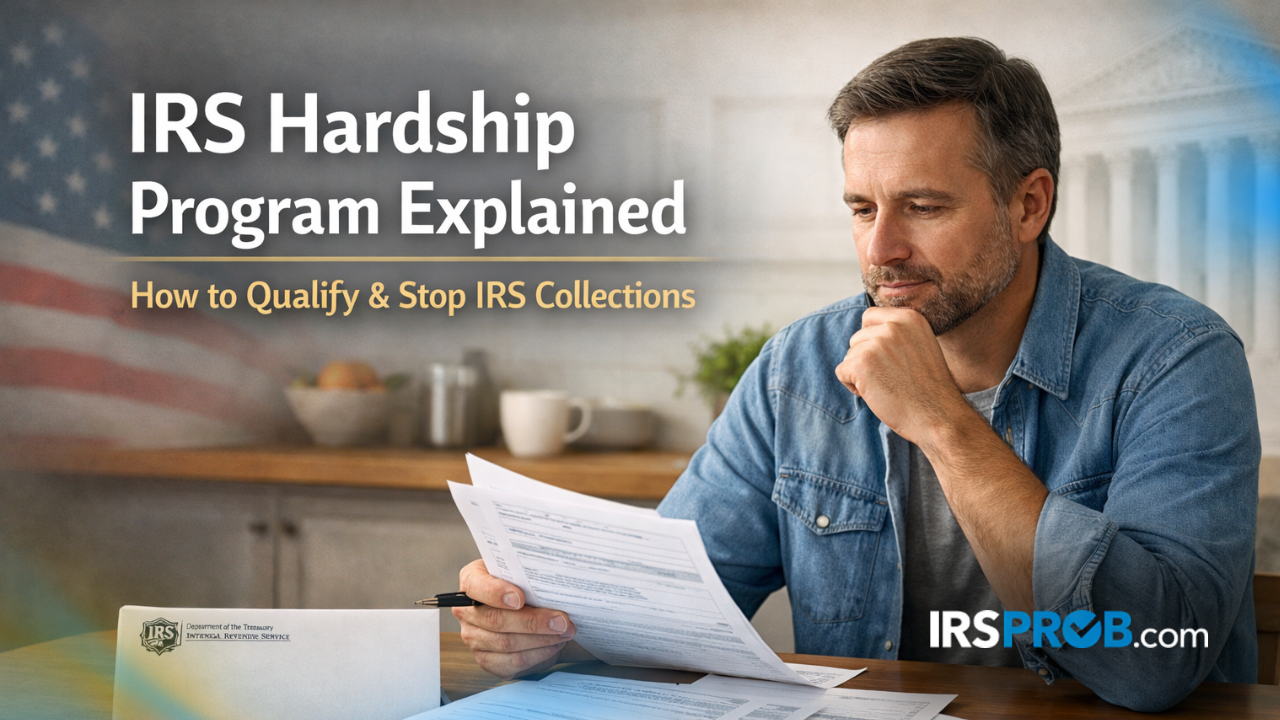
What Is the Senior Deduction?
The senior deduction, introduced under the One Big Beautiful Bill Act (OBBB) in 2025, is a targeted tax provision for Americans aged 65 and older.
It increases the standard deduction by $6,000 for single filers and $12,000 for married couples where both spouses are over 65. This tax break directly reduces taxable income and can shield more of your Social Security benefits from federal taxes.
For many retirees — especially those with modest pension income, smaller investment portfolios, or limited retirement savings — the senior deduction can significantly improve cash flow and reduce the risk of dipping into savings too early.
Who Benefits Most from the Senior Deduction
- Middle-Income Retirees
If your AGI is under $75,000 (single) or $150,000 (joint), this deduction can wipe out federal taxes on your Social Security benefits entirely. - Married Couples Both Over 65
Double the deduction — $12,000 — means more income stays in your pocket. - Retirees with Modest Investment Income
Even if you have a pension or small investment returns, you may still qualify if you manage withdrawals strategically. - Part-Time Working Seniors
The deduction can offset the tax impact of part-time work without losing the tax-free status of your benefits.
Why the Senior Deduction Matters
Historically, Social Security benefits have been taxable for a large portion of retirees. Before the OBBB, the taxation threshold for benefits had not been adjusted for inflation since the 1980s. This meant that even small increases in pensions, part-time work, or investment income could push retirees into taxable territory.
According to the Social Security Administration, as of 2024, about 65% of Social Security recipients were paying taxes on part of their benefits. For someone living on a fixed income, losing even $100–$200 a month to taxes can be the difference between covering essential bills and struggling.
The senior deduction changes that, at least temporarily, for millions of Americans.
8 Strategies to Maximize the Senior Deduction
Converting part of a traditional IRA to a Roth during these years can reduce your long-term tax liability (Fidelity). While the converted amount counts toward AGI that year, careful planning can keep you under the deduction phase-out.
If you’re over 70½, you can donate directly from your IRA to a charity. This reduces your AGI without affecting your eligibility for the senior deduction (IRS QCD Rules).
Potential Downsides of the Senior Deduction
While the senior deduction offers relief, it’s not a permanent fix to Social Security taxation. It also doesn’t address the program’s long-term funding issues. Some analysts caution that reduced tax revenue could accelerate the depletion of the Social Security trust fund, potentially leading to future benefit cuts or higher payroll taxes (Bipartisan Policy Center).
Why You Need a Tax Strategy Now
This deduction is a limited-time opportunity. Four years may sound like a long time, but in retirement planning, it’s a blink. The retirees who benefit most will be those who start planning now, with a clear strategy for income management, investment withdrawals, and Social Security timing.
At IRSProb.com, we help retirees and pre-retirees maximize every available tax break — including the senior deduction — while protecting their assets from IRS issues. Whether you’re looking to lower your taxable income, resolve back taxes, or plan a withdrawal strategy, we can help you create a plan tailored to your situation.
📞 Call 214-214-3000 or contact us online to schedule a consultation today. Don’t wait until the deduction window closes — the earlier you act, the more you can save.







